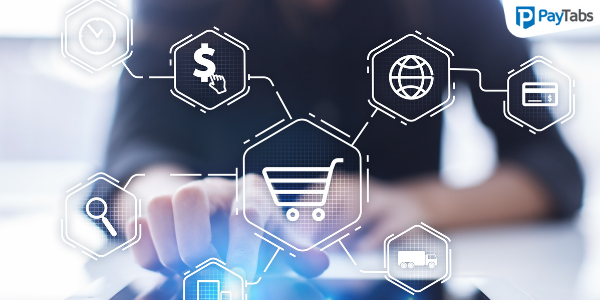Quick Secrets to Successful User Onboarding
Posted on

The rapid development of the e-commerce industry necessitates equally fast adjustments from business owners. One of the most important aspects of an online business is user experience and this is where your business will fail or succeed. By embracing new technologies, online businesses can now provide a seamless user experience, thus gaining a competitive edge. Online payment platforms are among these critical technologies every online business must embrace in its endeavor for improved UX. If you plan to leverage a new payment platform on your website, it is important to consider user onboarding. This entails increasing the chances that new users become successful when adopting your application. It is the most crucial yet frustrating element of a product launch because it determines the first impression. As they say, first impressions are crucial and for this reason, developers and website owners must learn how to improve user onboarding. This article tackles some crucial things a software developer should consider to help users find new value and success when using their product. Read on.
Why User Onboarding Matters
When thinking of customer retention in e-commerce, most business owners adopt a wait-and-see approach. The idea is to wait for a few weeks after a product launches on the website and start making changes that will hopefully retain users.
- Sells Your Products Value Proposition
Now, internet users have an infamously short attention span and this is enough reason to develop an intuitive onboarding experience. Such an experience enlightens users in the essentials of the payment solutions system. User onboarding sells your product’s value propositions and helps users experience the benefits as fast as possible thus reducing the possibility of dropping out.
- Greater Conversions
It is important to appreciate that great conversions are about proving to customers your product’s value and full potential in the product launch and trial. User onboarding is crucial not only in improving the growth rate of users on your e-commerce platform and revenue but also in customer retention.
- Customer Retention
Customer retention has now emerged as a more important business objective surpassing acquisition. In essence, user onboarding is a chance to create a great first impression. In this case, once the software user installs your product, they expect to get value and that’s what user onboarding is about.
- Setting the Tone Of Interactions
Remember, the first experience a user has on the software sets the tone for your relationship and determines whether this will be a long-term interaction.
Small Tweaks to Make User Onboarding Work
While user onboarding remains a nascent aspect of website development, some trendsetters have already charted the way. Some of the little things you can do make your online payment gateway work during the launch phase include:
- Setting realistic expectations: Show users where they are in the process of using the payment system and how far they have to go. Through the Endowed Progress Effect, you will motivate them to complete the steps and own the process.
- Map User Journeys/Tailor the experience: You need to understand the users’ persona to map their journey when using the product. What are the user’s needs, goals and motivations when using the payment application on your site? Are they worried about the cost? Do they need some education about the product? Try tailoring the product to suit the diverse needs of target users.
- Offer a compelling value proposition early: You must communicate the value proposition early enough through a simple, clear description of what makes your payment system unique. Make sure you help the user understand cost implications and benefits of the software early to spur further interest.
- Simplify: Simplicity is underrated in website development, yet it makes the difference between a successful system and a failed one. Keep things simple in the free trial form, a name, an email, or a social login such as Google or Facebook will work great for user onboarding.
- Choose a specific end goal for your user to reach: Make sure you understand where you want users to end the process and what is to be achieved there. Remember always to put the user’s goals first and not your product’s goals.
- Reduce friction: A poor sign-up process can ruin the onboarding. While friction will occur due to questions and permissions, you can reduce it through good interface design. Try to decrease form completion time through online form validation and build trust through customer reviews, and testimonials throughout the process.
- Use guided interactions: This educates and familiarizes users with the core features of the software.
These are just a few of the little things you can do when learning how to integrate payment gateway. It will make the onboarding process successful leading to increased customer retention.
